01 Feb2018
6 TOP Romania castles, citadels and fortresses to visit
On my third visit to Romania in 2017 I found out that Romania is really a country of castles, citadels and fortresses. There’s so many of them it’s incredible! I am not sure if you knew but I am crazy about ruins and old buildings in general. So visiting at least a few Romania castles was a must for me. Some of them I even revisited for the second time.
6 TOP Romania castles, citadels and fortresses
1. Neamt Citadel
Neamt Citadel, sometimes also called fortress is one of the most important buildings in Romania. Cetatea Neamtului, as it is called in Romanian, was built in the 14th century. Thanks to its very strategic location in the North-Eastern part of Romania it survived attacks by Hungarians and Turks, and was only conquered by Polish soldiers in the end of the 17th century.
Remember, that from the parking place you have to walk up a steep curvy hill for approx. 1 km. I visited the citadel already in 2015 for the first time on my trip around Neamt county so I already knew what to expect. Just this time it was a lot colder compared to my first visit when I was wearing shorts. There’s a really cool bridge to get to the entrance of the medieval citadel. And I also loved the views from up there.
TIP: If you are visiting this area of Romania, make sure to also do other
19 things in Neamt County. There’s plenty of activities to choose from. You will be surprised ;)
2. Rasnov citadel
Transylvania has an icredible amount of churches, citadels and castles. One of them is Rasnov citadel. It’s situated in Rasnov village in Brasov county and was the last border of the Roman Empire. That’s why the citadel was constructed there for defense purposes. Local people would hide inside the citadel when different armies were passing through the area.
The Teutonic Knights had to build 5 wooden fortified fortresses in the 13th century. One of them was also the Rasnov Citadel. The Saxons overtook them and they rebuilt the first stone stage of the Rasnov fortress after the original wooden one. In 1335 the Tatars invaded Transylvania again but the villagers managed to survive hiding inside the Rasnov citadel. Approximately 1,000 people stayed inside the citadel in 83 houses. So many in such a small place. Shocking!
The first historic documentation of the Rasnov citadel dates back also to 1335. However, archaelogical research confirmed some traces of a fortification on the same hill already since prehistoric times. Until 1447 it was a private fortress but the rest of the Saxons complained about it to the Prince and they were asking him to give the fortress to the entire community. Did you know that Rasnov village was a Saxon Medieval market village?
Although the Rasnov citadel was partially destroyed by a fire in the 17th century and then an eartquake in the 18th century, nowadays it is considered to be one of the best preserved historic monuments in Transylvania.
If you’d like to take a tour around Rasnov citadel, I can recommend booking a guide from
Wise Transylvania.
3. Bran castle
Bran castle is located close to Brasov town in Transylvania similarly to Rasnov citadel. You might have heard that Bran castle is referred to as home of Dracula which is why it’s commonly known as the Dracula’s castle. Dracula was the main character of Bram Stoker’s novel. However, there is no evidence that Stoker ever visited the Bran castle, nor that he knew anything about it. It is said that the character Dracula was inspired by the Wallachian ruler Vlad Tepes (called Vlad the Impaler), even though there was not much connection between Vlad and the Bran castle at all. It might be all just a legend which made the castle so famous.
The first time I visited Bran castle, the top Romania castle, in 2015 it was surrounded by a lot of snow, and then in 2017, the same. However, none of my 2 visits was in winter. The first time it was in April and the second time in October. So dress properly if you ever decide to go there :D
During my first visit I also explored the castle from the inside but as there’s not that much furniture, my second time there I decided to just walk around the castle watching the sunset and the castle reflection in a small lake in front of it.
The castle dates back to the 13th century. What I found interesting is the fact that it was used as a Royal residence from 1920 to 1947. I won’t go much into the castle history as there’s a lot of information about Bran castle on the official website if you are interested.
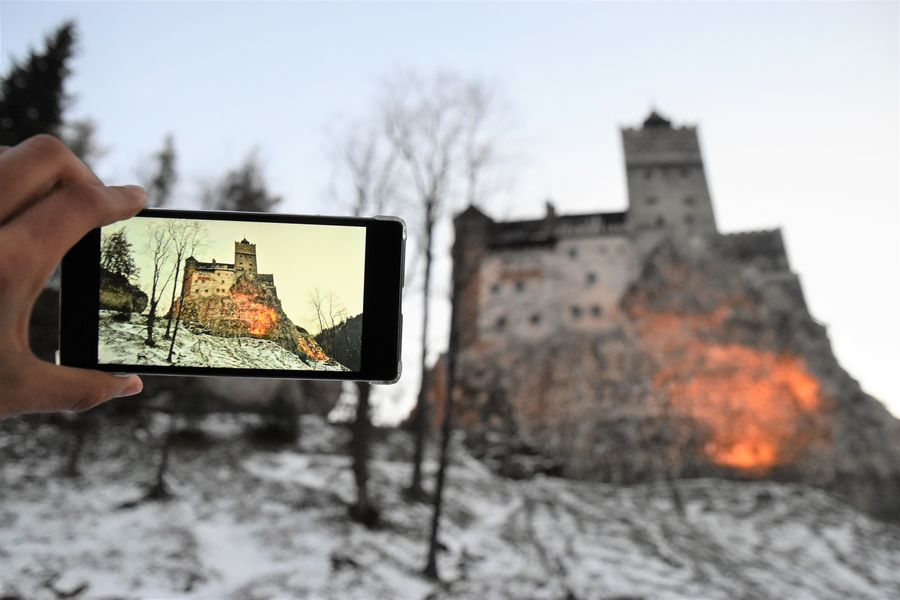

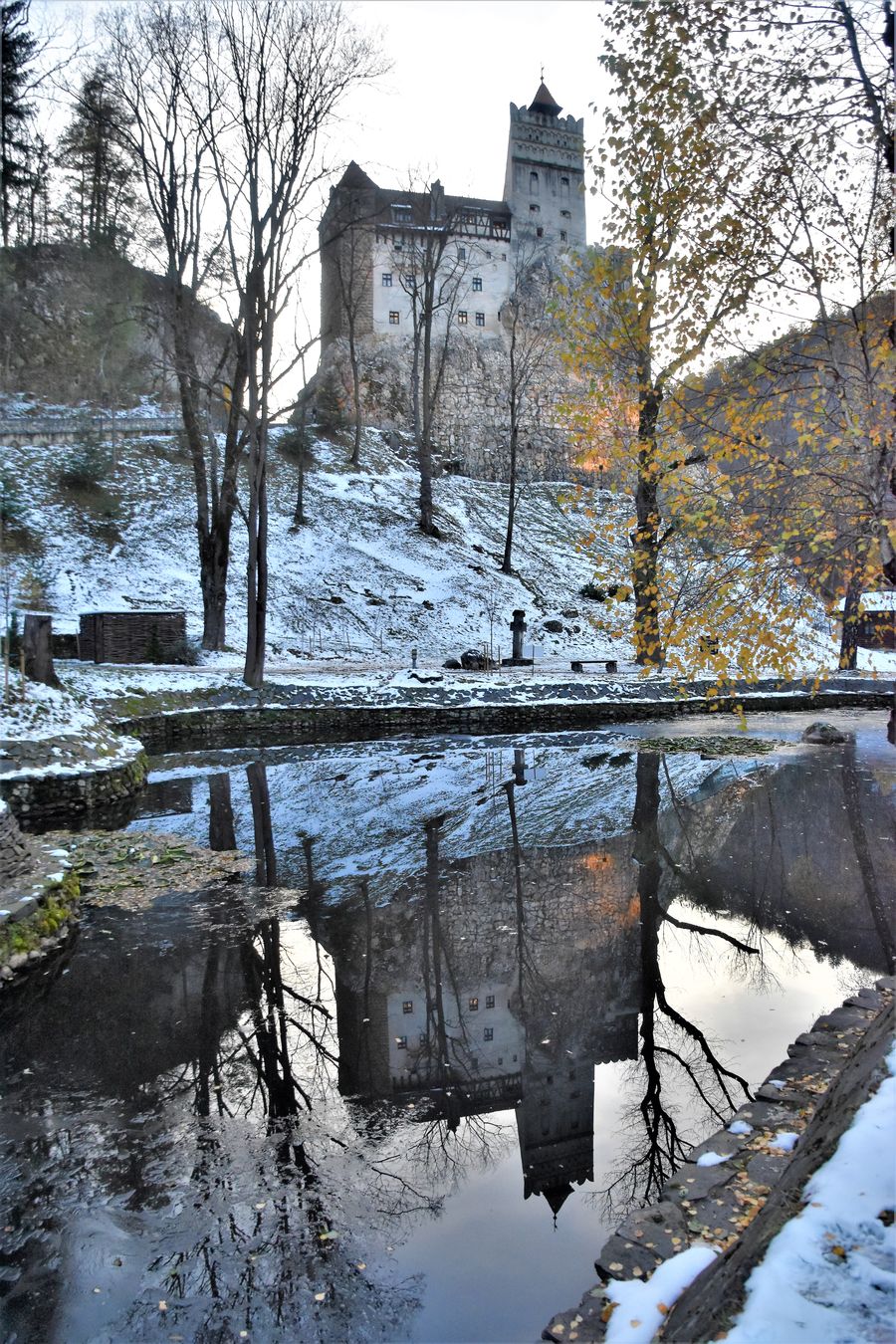
4. Peles castle
Peles castle located in Prahova county was named after the Peles river. It was built close to Sinaia town approx. 48 km from Brasov. It was constructed for the King Carol I in the end of the 19th century. Its construction took 41 years! Can you believe it?
This castle is the youngest castle on my list of 6 top castles in Romania you should visit. In my opinion this Neo-Reinassance castle is also the most decorated one on my list. I’d say it’s the complete opposite of Bran castle. Colorful, with many ornaments and furniture inside. The big majority of artifacts found inside the Peles castle are still original; unlikely to the furniture in Bran castle which is all replicas.
Peles castle is basically a palace, yet it is still called a castle. After its nationalization, it was given back to the Royal Family and now it’s still the seat of the Peles National Museum open for visitors.
TIP: I wrote a separate article about both
Bran and Peles castles if you’d like to learn more about the beautiful buildings.
5. Clay Castle Castelul de Lut Valea Zanelor
Castelul de Lut Valea Zanelor is the biggest fairytale castle I’ve ever seen with my own eyes! It was built just of clay, hay and other local natural materials only. We can find it in the village of Porumbacu de Sus. It seriously looks like cut out of a fairytale and it’s also situated in the Valley of Fairies. At least that’s what I understood when you translate the name of the valley into English. But I mean, what a coincidence, right? Or what is a plan to build it right there? ?
Thanks to its original architecture, the Clay castle became a tourist attraction and a landmark of this area. You need to pay a fee to enter and walk around it. When I visited it in October 2017 it was still not possible to stay overnight. However, the aim is to build rooms for visitors to stay there. So bring your Prince… or Princess ;)
The sun setting close by, the romantic lights and colorful flowers around the
Castelul de Lut even added to already a dreamy atmosphere. I wouldn’t mind living in a castle like this. You know I’m a natural kind of girl :) But if it was located on the beach, that would be perfect.
6. Targu Mures Fortress
Mures county has the largest number of castles and fortresses in Romania. Unfortunately, more than half of them are abandoned. All these castles belong to Hungarian Nobility of Transylvania because the Romanians couldn’t own castles in that area, unless they had a Hungarian surname. Nowadays, you can buy a castle even without a Hungarian surname, but they are super expensive, like 11 million euros per castle. I mean who has money for that, right?
The present day Targu Mures Fortress, named after the Mures river, was built in the 17th century. It was constructed in the place of the original fortress that was built there in the 15th century. The fortress was surrounded by a 9 m wide and 2.5 m deep ditch. Only a few of the original elements were preserved, such as the tower attached to one of the bastions.
Inside the fortress we can visit the Targu Mures Church, originally part of a Franciscan monastery built to attract more people to the area. Before its construction only 500 people lived in the village. The capacity of the church is for more than 100 people which is why many people visited Targu Mures and it’s now a town, and not a small village. Most probably the Prince of Transylvania helped the locals to build the church which took 50 years altogether. Nowadays, the church is still the oldest building in Targu Mures.
Since 1720 this area was occupied by Habsburg troops and thus Targu Mures fortress turned into a military fortress. They changed everything inside the fortress and demolished all the houses that stood there. Up to 200 houses were destroyed, except the big citadel which is nowadays the bright yellow reconstructed building. The soldiers built bakery, kitchen and storage room which now serves as a restaurant where we had a traditional lunch. The 6 bastions were used as dormitories for soldiers. Now we can only see original bricks where 2 old houses would stand. Traces of house foundations show us how tiny the houses were. There was also a prison for a short time inside the fortress.
Archaeologists found a garbagge pit with traces of what the people ate there: bones of pigs, cows, boars, deer, fish etc. In the Middle Ages they used to bury people around the church which is why many pieces of human skeletons were found in the area, too. In 1557 the Reformation started in Transylvania and Catholic monks were kicked out of the Targu Mures citadel. The whole city then became Calvinist, also the fortress church still remains a Calvinist church in the present day.
The restoration of the citadel and buildings inside took 8 years, from 2008 to 2016. The monastery is still in ruins. Now all the bastions are open for public as art galleries and showcase different weapons. The tower gate used to be, and soon will be again the City Museum. The main yellow building will be The History and Archaeology Museum of the Mures County. The old stable that was used for horses is now the seat of a museum.
It was freezing and very windy when we visited so I didn’t take that many photos at Targu Mures Citadel as I usually do. But some I did take will hopefully be enough to give you an idea about Targu Mures Fortress.
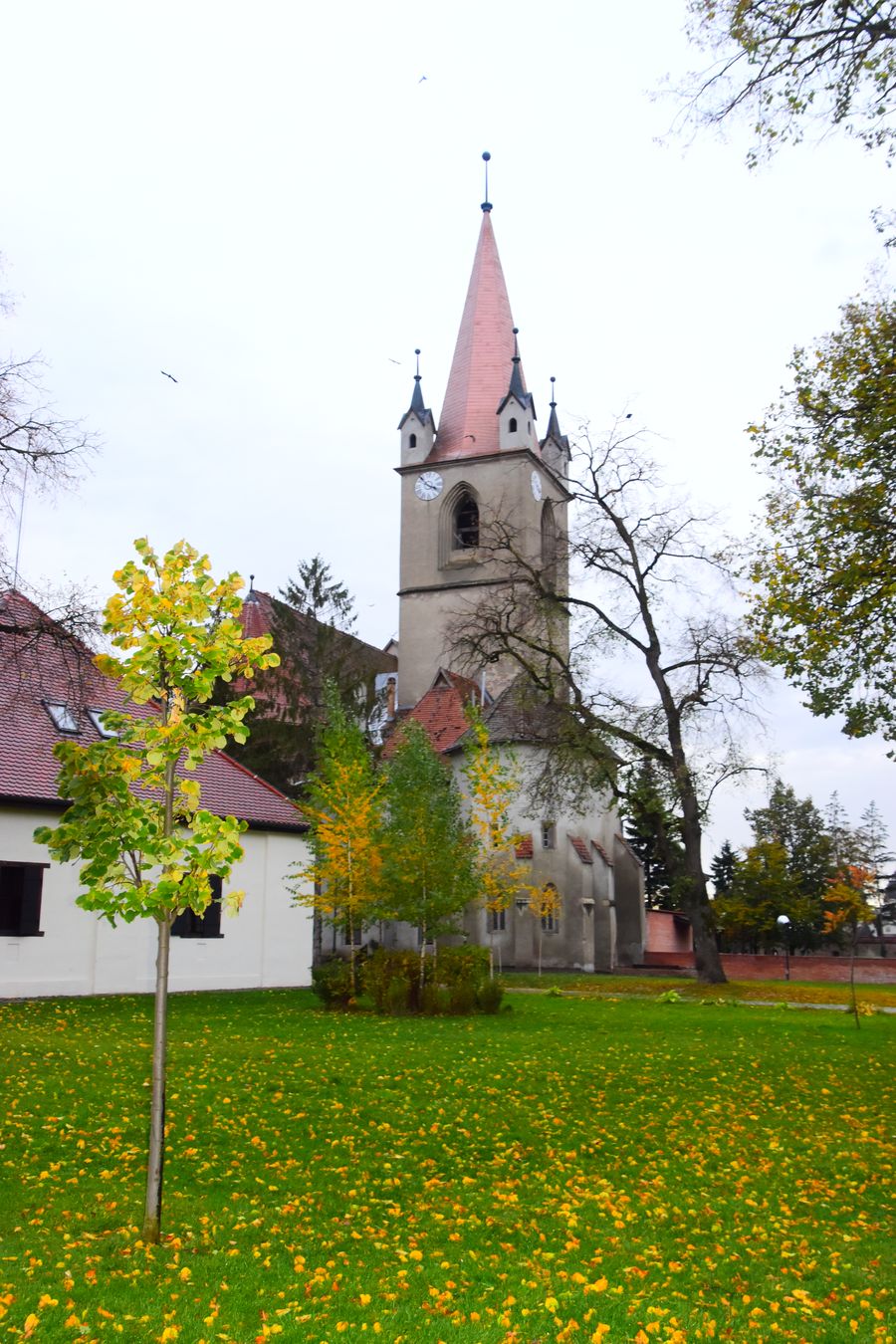
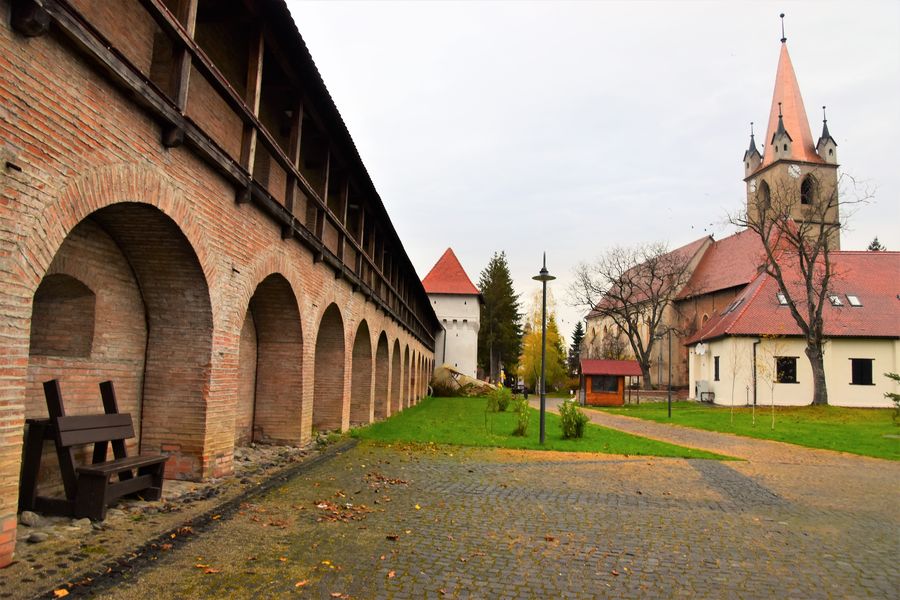
TIP: If this article is not enough for you, here’s 10 more reasons to visit Romania. I am sure you will be sold after that one and you will start planning your trip to Romania right away ;)
***Huge thanks goes to Experience Romania for organising my 2-week trip around Romania. I am so grateful for their effort and I was really happy to explore both well-known attractions and hidden gems of the country.
Posted in castles, Europe, Romania, tips, travel Tags: castles, Romania
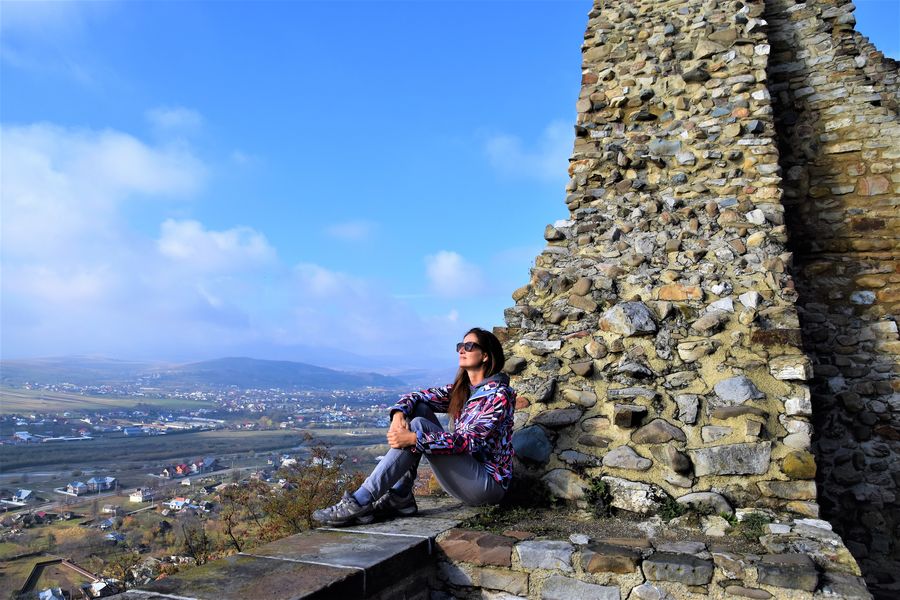
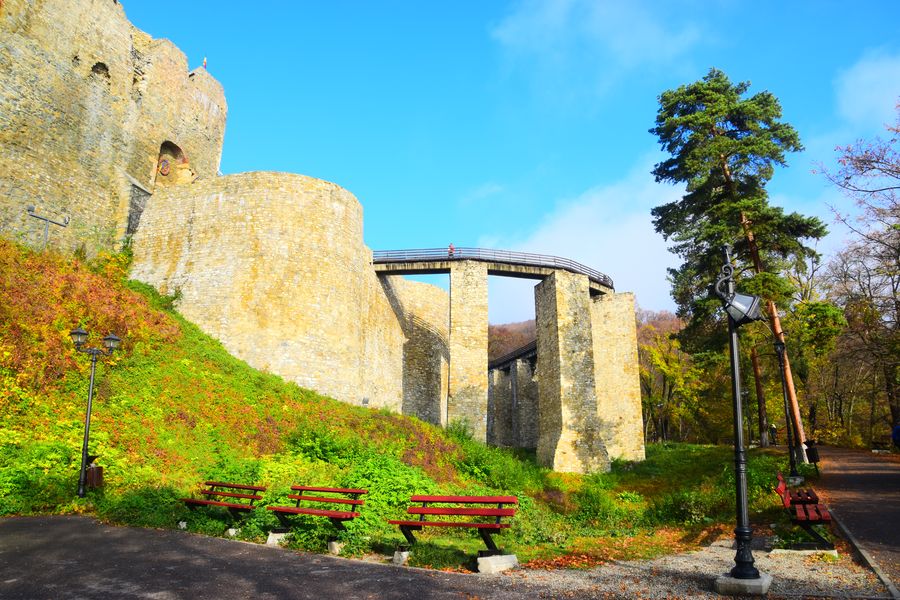
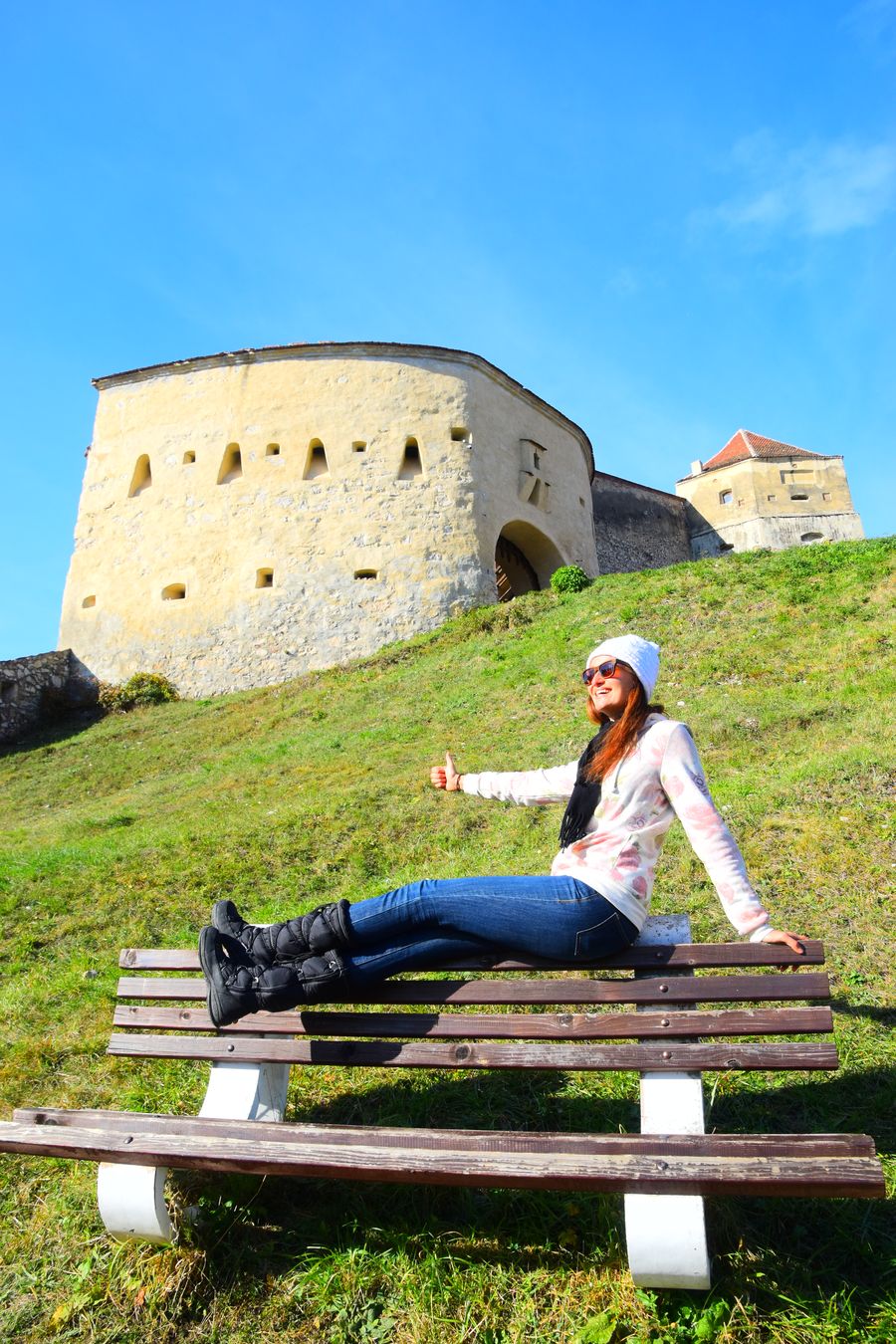
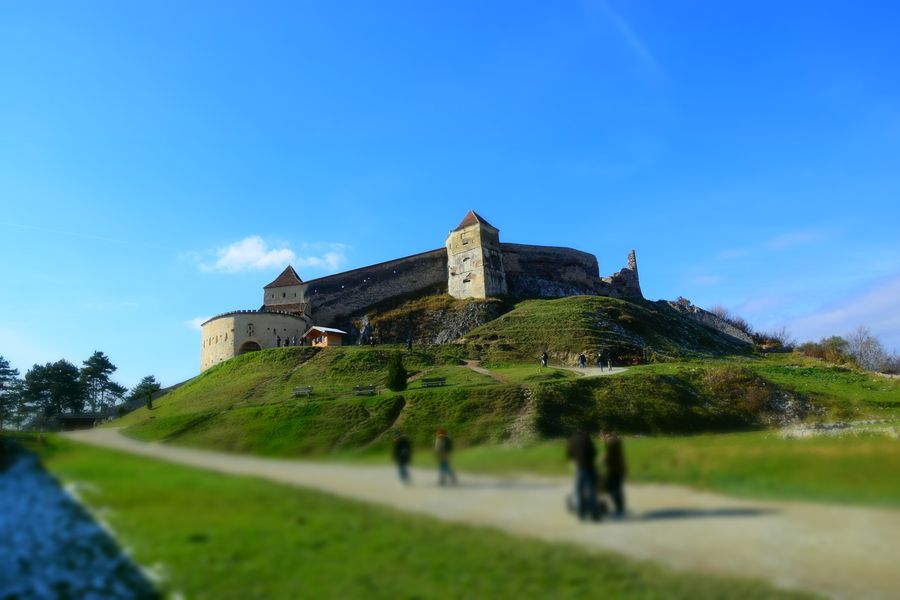



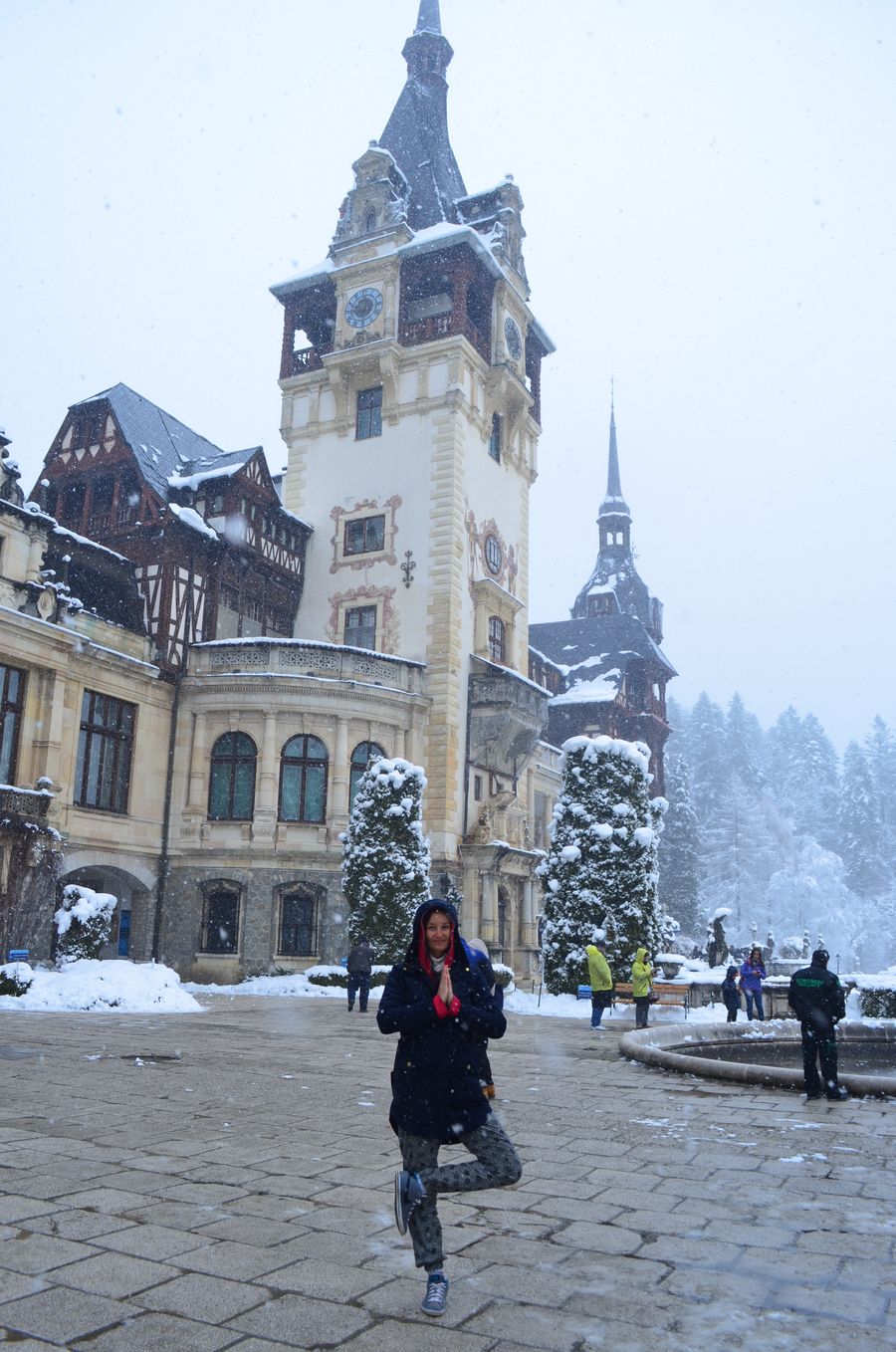
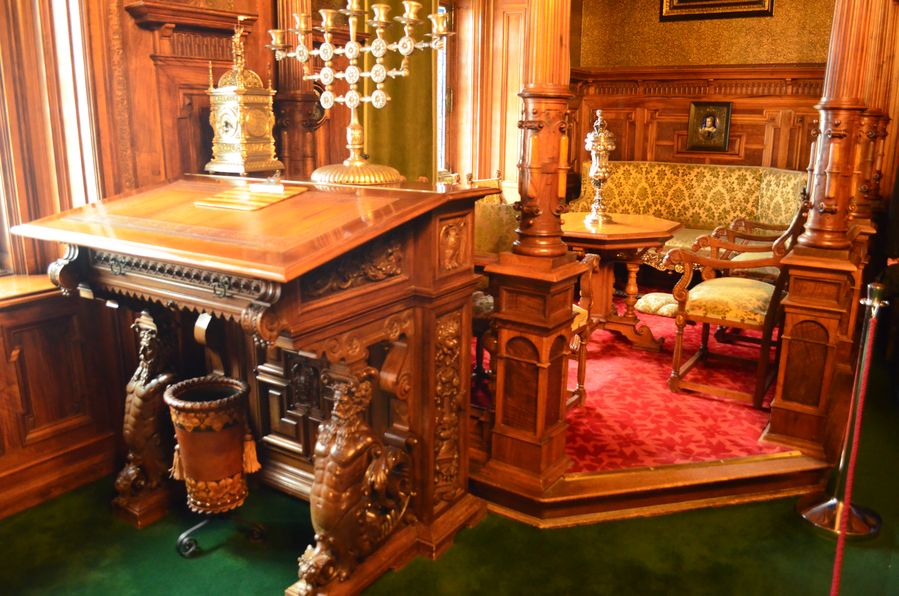
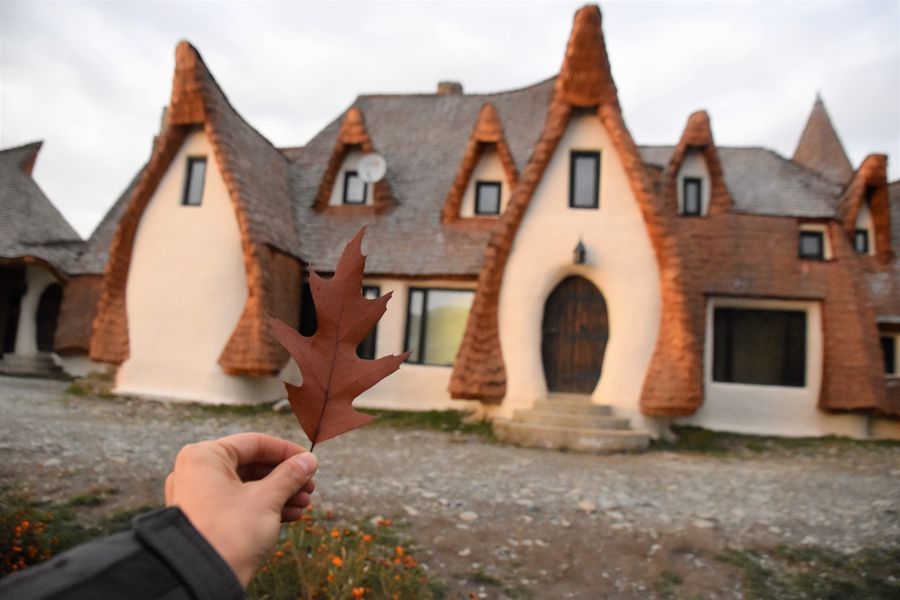
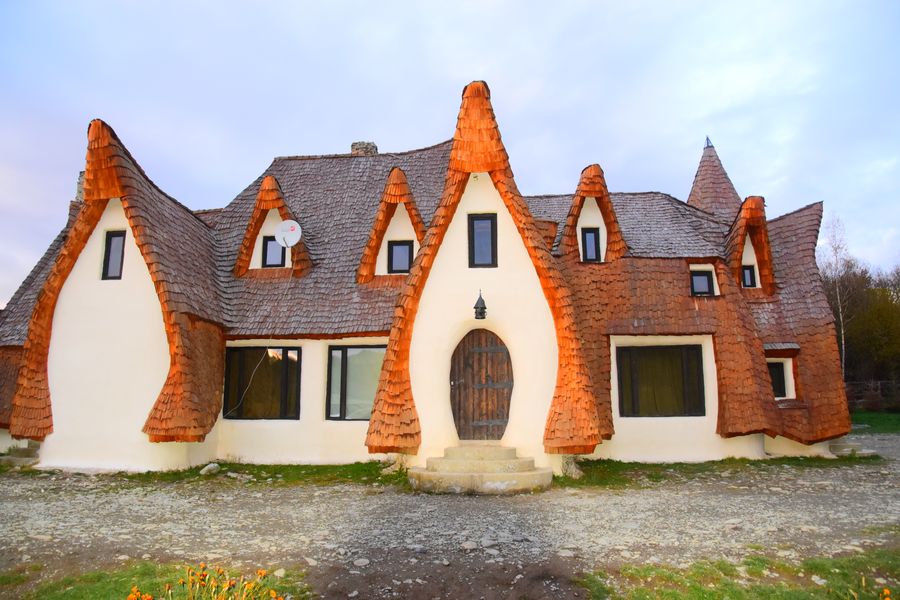
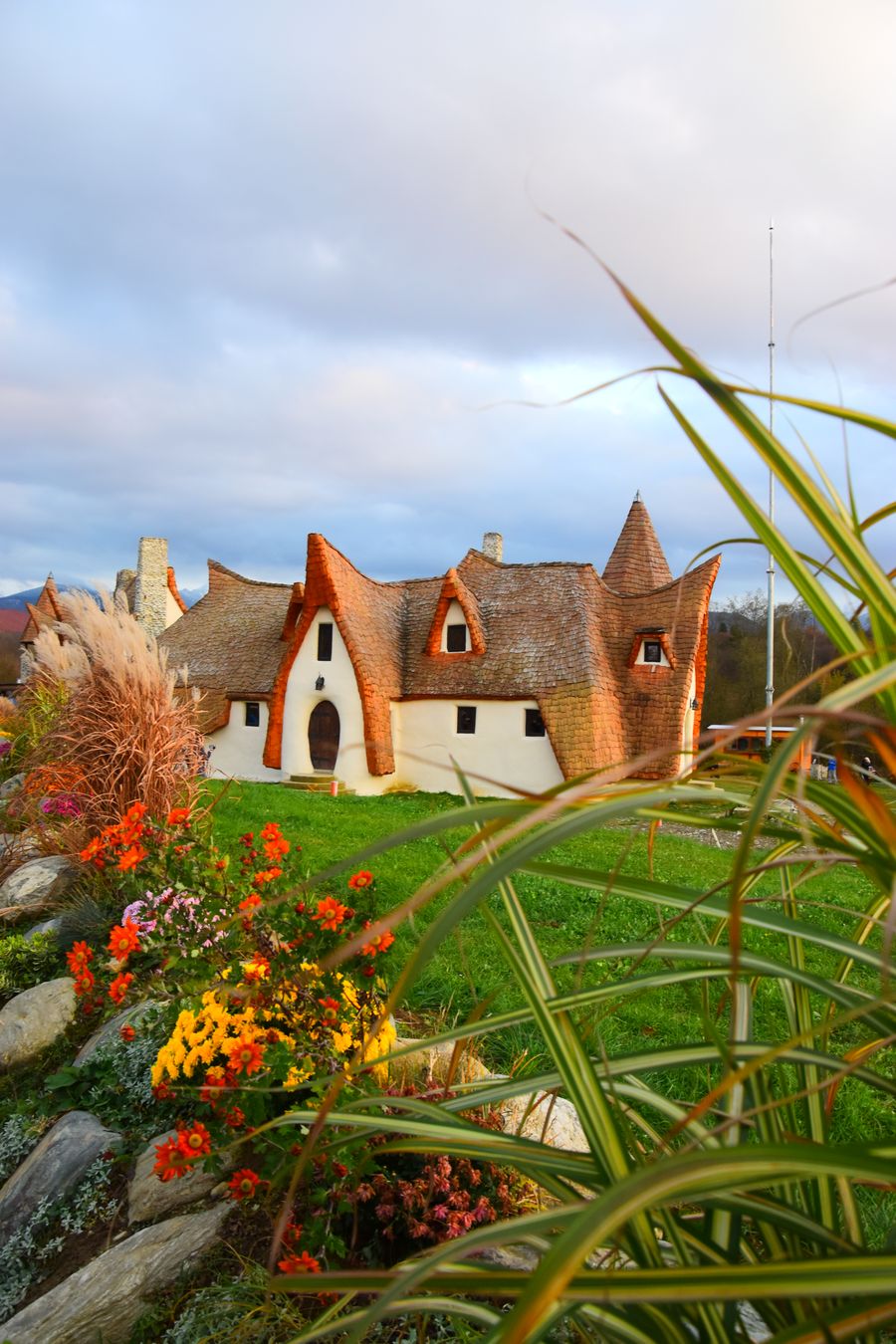



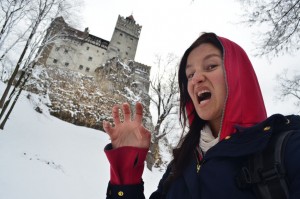
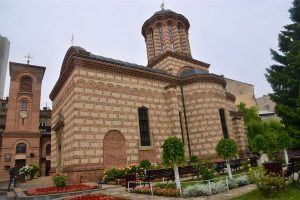





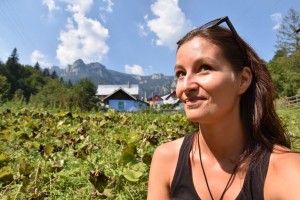
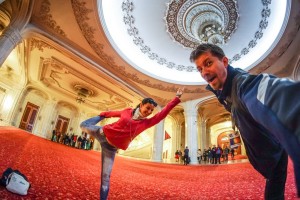
David Rainey
| #
A castle to live in located at a beach. Add a swing and it’s perfect for an Aztec Princess!
Crazy Sexy Fun Traveler
| #
Haha yes that would be perfect. A castle next to a pyramid, even better for me :D
Nie je túra bez Štúra
| #
Ja mám veľmi rád pri cestovaní aj hrady, takže skvelý článok :-) A fotky naozaj parádne. :-)
Crazy Sexy Fun Traveler
| #
Dakujem, snazila som sa dobre pofotit :)
Paula
| #
The Clay Castle is absolutely adorable. I see Romania is a country worth for a road-trip. Thanks for tip ;-)
Crazy Sexy Fun Traveler
| #
It was :) Yes, perfect for a road trip ;)